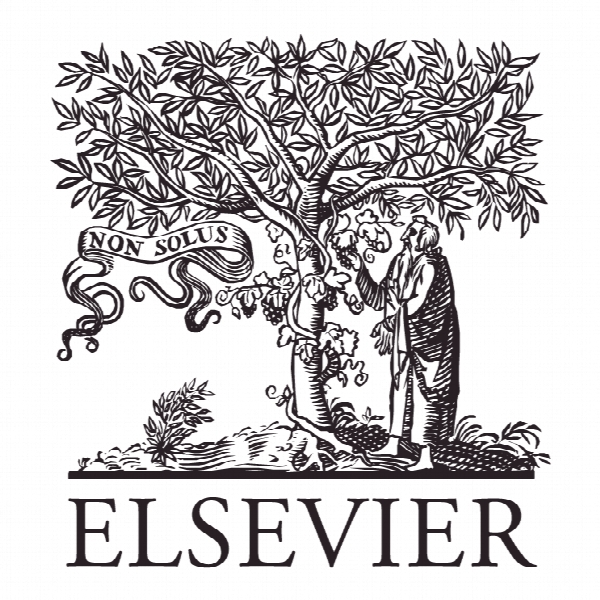استفاده از عدم تقارن اطلاعاتی برای کاهش ضعف در زنجیره تامین Using information asymmetry to mitigate hold-ups in supply chains
- نوع فایل : کتاب
- زبان : انگلیسی
- ناشر : Elsevier
- چاپ و سال / کشور: 2017
توضیحات
رشته های مرتبط اقتصاد
گرایش های مرتبط اقتصاد مالی
مجله تحقیقات حسابداری مدیریت – Management Accounting Research
دانشگاه Worcester Polytechnic Institute, United States
نشریه نشریه الزویر
گرایش های مرتبط اقتصاد مالی
مجله تحقیقات حسابداری مدیریت – Management Accounting Research
دانشگاه Worcester Polytechnic Institute, United States
نشریه نشریه الزویر
Description
. Introduction Many business relationships require one party to make a relation-specific investmentthat, bydefinition,has little orno value outside the relationship. For instance, in the automotive industry, original equipment manufacturers (OEMs) often require suppliers to invest in expensive dies or other equipment to produce the parts they need. Once purchased by the suppliers, these dies or equipment cannot be used to fill orders of other OEMs. Similarly, principals might ask agents to invest in skills that are not transferable to other employers. Such investments are often socially optimal, meaning the investment increases the total surplus generated within the relationship (i.e., the trade profits to be shared by a buyer and a seller). However, the relation-specific investment also creates a bilateral monopoly whereby the investor risks losing the cost of his investment should trade not occur, while the non-investor incurs no risk or cost. In other words, bargaining power resides with the non-investor once the investment has been made, creating a setting ripe for opportunistic behavior. Knowing the investment is a sunk cost of the investor, the non-investor has no inherentincentive to cover its cost during ex posttrade offers. In the absence of a commitment from his counterpart to not appropriate the surplus that will be generated, the investor generally will not make the socially optimal relation-specific investment. This represents the classic hold-up problem (Klein et al., 1978; Williamson, 1975). In sum, the hold-up problem has two dimensions. The first lies with the non-investor who will likely appropriate the surplus created by any relation-specific investment. The second lies with the party who is considering making the investment: since he fears that he will be held-up during trade, he refrains from making this socially optimal investment. Thus, mitigating holdups encompasses both limiting the ability of the non-investor to hold the investor up during trade and encouraging investment in relation-specific assets. Numerous investigations have sought remedies to the hold-up problem. Those remedies range from establishing formal gov ernance structures that limit the risk of ex post opportunism (e.g., vertical integration, mutual exchanges of hostages, contracts (Shelanski and Klein, 1995)) to informal protection mechanisms suchas controlling theflow ofinvestment-relatedinformation(Gul, 2001). Not only are those remedies costly, they are also not always effective. Their effectiveness is particularly limited when investments are cooperative (i.e., investments that benefit the investor’s trading partner) because such investments increase the bargaining power of the non-investor. Specifically, although incomplete contracts can be effective with selfish relation-specific investments (i.e., investments that benefit the investor, for instance by reducing the cost of the intermediary product manufactured by the seller), they are ineffective when investments are cooperative and parties have difficulty committing not to renegotiate (Baiman and Rajan, 2002a; Che and Hausch, 1999) . Thus, the search for solutions continues (for a review see Coeurderoy and Quélin, 1997; Miller, 2012; Rindfleisch and Heide, 1997; Shelanski and Klein, 1995) In this paper, we examine the hold-up problem associated with a cooperative investment in a supply chain setting. The cooperative investment involves a seller that must decide whether to make a relation-specific investment that will benefit a specific buyer. Common examples of cooperative investments include R&D efforts to enhance the quality of a customer-specific product, tailoring inventory systems, production equipment, or transportation systems to the buyer’s needs, and customization of parts for specific customers. Baiman and Rajan (2002a) suggest that the compensation received by the seller might depend on the extent to which R&D work is successful, likely resulting in the buyer being unable to commit to paying a specific price and the contract being incomplete. Thus, cooperative investments not only increase the power of the non-investor (i.e., the buyer) relative to the investor (i.e., the seller), but they are also especially difficult to protect and encourage when price cannot be determined with certainty. As a result, they render the investor more vulnerable to opportunism by the non-investor.


